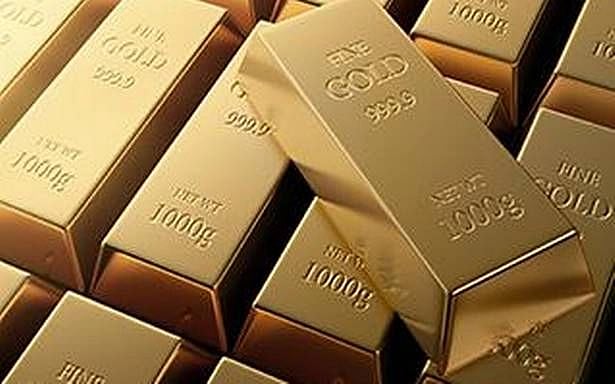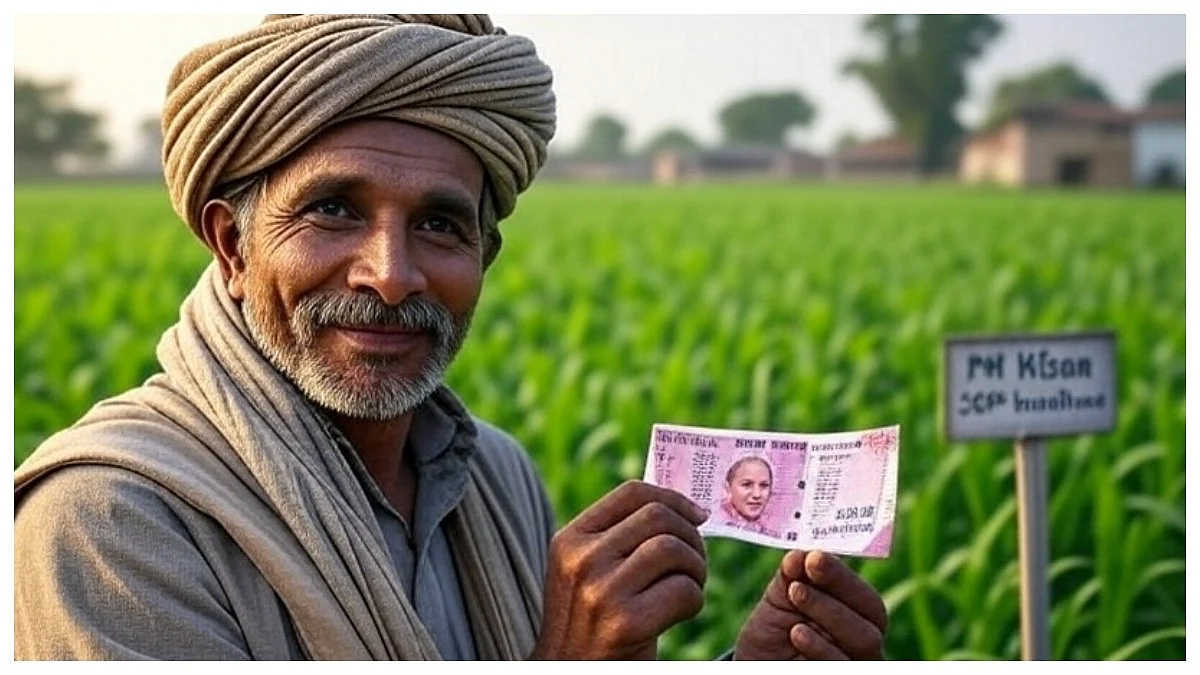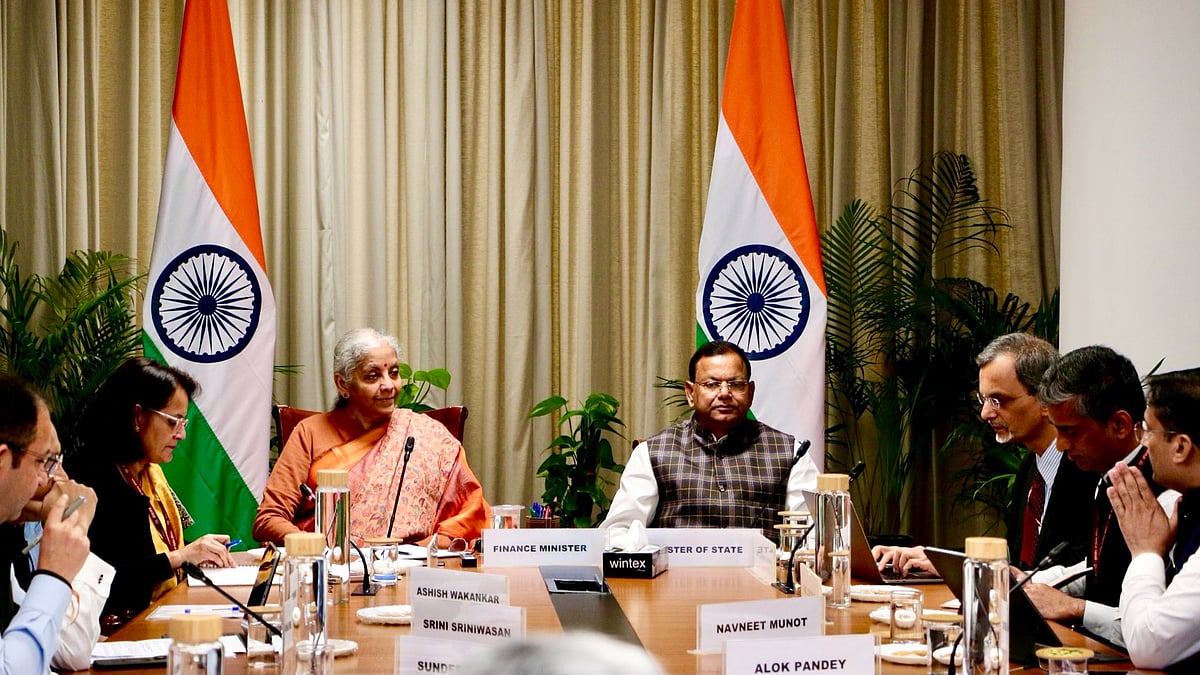The need to reduce India’s reliance on gold imports in the face of a rising trade deficit has provided another motivation for the government’s scheme where people can deposit jewellery in banks to earn interest. These developments come at a time when banks are diverting gold towards China and Turkey instead of India, because buyers in those markets are paying higher premiums. As all eyes are fixed on the US Federal Reserve’s monetary policy meeting for interest rate hikes that affect the dollar’s strength, gold prices have remained stagnant in India at Rs 4,670 per gram for 22 carat and Rs 5,100 a gram for 24 carat.
Inflow of gold at lower prices continues
Lower prices had already led to high demand during Diwali when apart from jewellery, Indians also invested in e-gold introduced by the Bombay Stock Exchange, on auspicious days. As jewellers posted profits, Kerala-based Malabar Gold and Diamonds became the first Indian firm to import gold from the UAE under the Compehensive Economic Partnership Act (CEPA). The deal protects businesses against tariff hikes, and provides concessions on duty for gold imported from the UAE, while no levy needs to be paid for yellow metal sent out by Indian jewellers.
Chennai remains the most expensive city to buy gold with 22 carat available at Rs 4,705 per gram and 24 carat for Rs 5,133 a gram.
It is followed by Delhi at Rs 4,690 per gram for 22 carats and Rs 5,116 a gram for 24 carats of the yellow metal.
Mumbai and Kolkata both remained at Rs 4,670 per gram for 22 carat of gold and Rs 5,100 per gram for 24 carats.
Silver also remained steady at Rs 57.5 per gram, tracking the trajectory of the yellow metal, which has been under pressure because of dollar rates.









